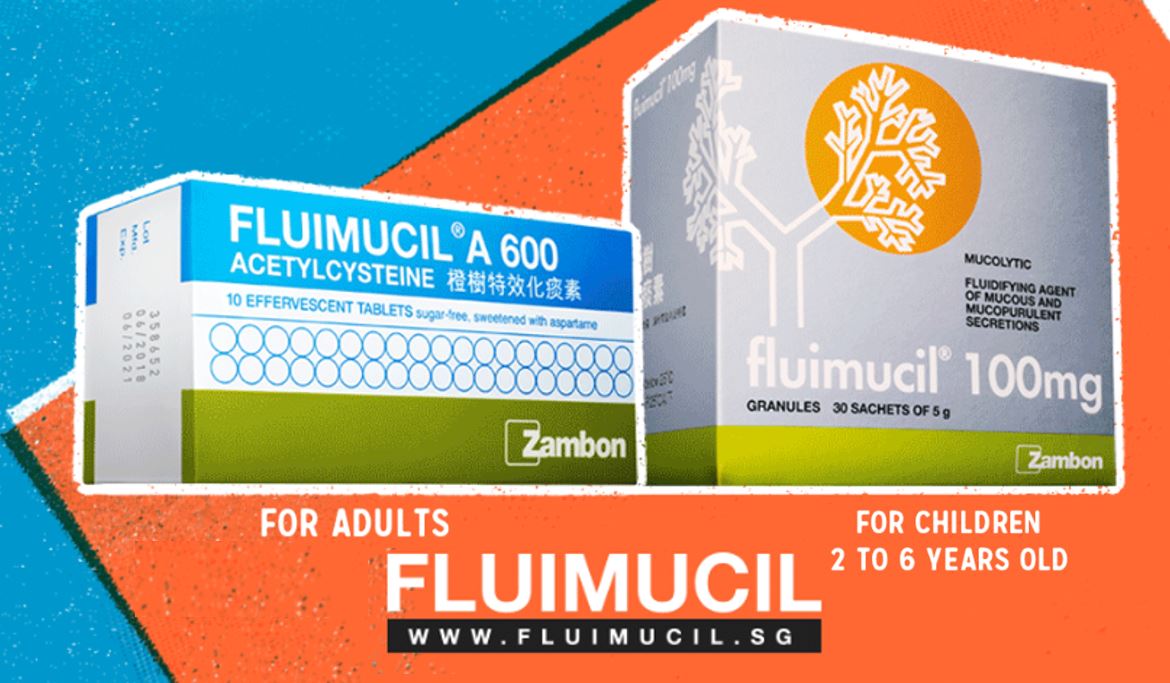
Do Men and Women Really Have Different Skin?
July 27, 2017
There’s been the perennial debate about the differences between men and women – some are harder to see, while others tend to be a bit more obvious. So when it comes to your skin, is there a difference between both sexes?
On the surface
Through the years, there have been different theories about what’s the best thing to do for your skin. Aside from the fact that many men don’t want to deal with a cumbersome skincare routine, we’ve come to realise that the differences go beyond the surface.
Fundamentally, the structure of the skin is the same in both men and women. According to Dr Rachael Teo, Dermatologist with The Dermatologist Practice @Gleneagles, it’s only in the epidermis and dermis layers where differences lie. “Men’s skin is thicker then women’s. Due to testosterone, it’s also oilier and the pores are bigger,” she says.
In fact, men’s skin can be thicker by up to 25%, and it’s the stimulation of androgen (a type of testosterone) that causes skin to become thicker and tougher. “Men also have prominent hair-bearing areas on their face, which may be more prone to skin conditions like folliculitis,” Dr. Teo adds.
Diving deeper
While there are differences on the surface, we also need to take a look a little deeper. The International Dermal Institute again shows some of the differing elements – men have higher collagen densities than women, and more collagen means having younger-looking skin. This explains why women’s skin tends to look like its ageing faster then men of the same age. In fact, a woman’s skin on average looks more than 15 years older than a man’s of the same age.
However, since women are a little more savvy about keeping their skin in tip-top condition, this age difference isn’t as obvious as men’s skin. Men tend to overlook sun protection, so their skin becomes damaged from the UV exposure and the biological advantages of slower ageing and more resilient skin are diminished.
Another reason men may have those youthful good looks for longer is the fact that they perspire more. From the onset of puberty, their sweat glands become more active, and the lactic acid in their sweat lowers the pH levels of their skin. Lactic acid is a natural humectant, and is one of the key factors in tissue hydration which leads to higher hydration levels in their skin.
What works for men?
Dr Teo suggests that men need different treatments for their skin depending on their age. In their teens and early 20s, men tend to produce more sebum, which contributes to them having acne that lasts into adulthood. This is the time where they need to cleanse off grime and oil at the end of the day. For cases where acne is persistent and not responding to over-the-counter remedies, don’t wait too long to see a dermatologist to make sure you prevent scarring which is difficult to treat later on.
This is also a good time for men to start using sunscreens with at least an SPF 30 and above. Prevention is always better than cure, and this will help to reduce the signs of ageing and the risk of skin cancer at a later age.
The 30s and 40s is when anti-ageing skincare needs to begin. Dr Teo likes to keep it simple for men during this time, with Retin-A and antioxidant creams, and serums to keep the skin in good condition.
‘His and Her’ products
Dr Teo points out that the actual ingredients in skincare for men or women doesn’t differ much, but the products men use will need to be slightly more potent in order to achieve more effective results.
She also says that all skin needs to be cleansed and moisturised regularly and requires protection from UV rays. So it’s important for both women and men to establish a skincare routine. And the most important thing is knowing your skin’s condition in order to get the right products that match your needs. If you’re not sure, it’s probably safer to speak to a dermatologist or skincare consultant before making your next purchase.



 Australia
Australia  Brunei
Brunei  Cambodia
Cambodia  Hong Kong
Hong Kong  Indonesia
Indonesia  Laos
Laos  Macau
Macau  Malaysia
Malaysia  New Zealand
New Zealand  Philippines
Philippines  Singapore
Singapore  Thailand
Thailand  Vietnam
Vietnam  Worldwide
Worldwide 




